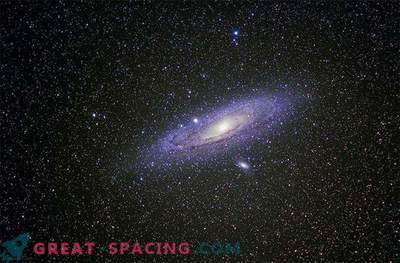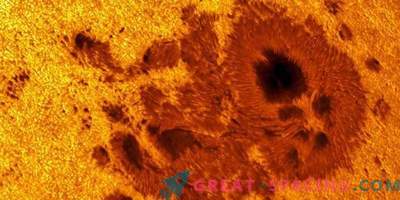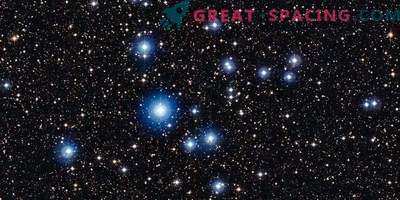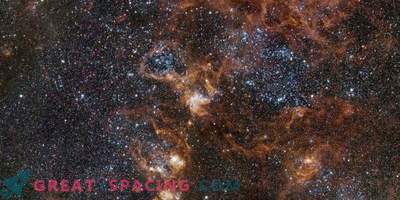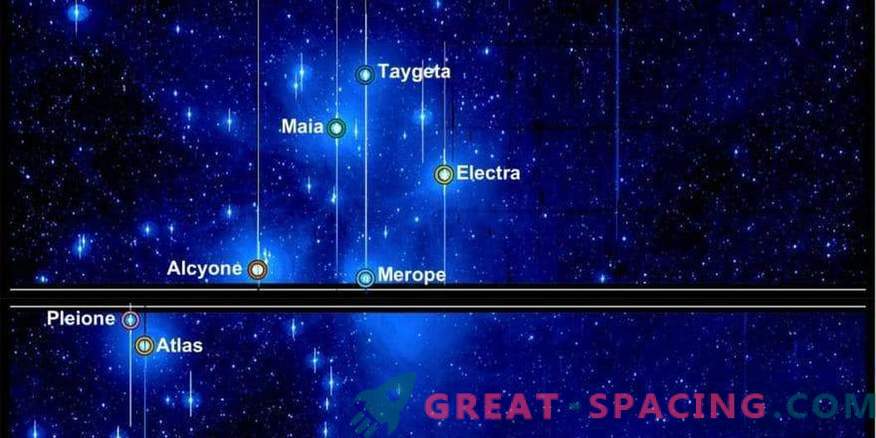
Before you are members of the Pleiades star cluster, captured by the Kepler telescope. Seven brightest stars can be found without the use of instruments. Kepler is not suitable for viewing such bright objects. Because of this, defects appear in the pictures (stellar peaks)
The Pleiades is also called the Seven Sisters. This is a star cluster that has been studied for thousands of years. Recently, scientists have created a powerful new method of observing such bright objects in highly sensitive telescopes.
It took a new algorithm to improve the functioning of the Kepler telescope. Typically, these devices are used to detect exoplanets. Because of the focus on distant stars, it’s impossible to look too bright. The fact is that this leads to a loss of dynamic range.
Because of this, you can skip the reverse of the star signal. In order to solve the problem, a new method was invented that allows us to estimate the return of each pixel and find the right balance. The method was called halo photometry. This is a simple algorithm, so the developers released it as a free application. We found out that most of the stars in the cluster are B-type pulsating slowly, where the brightness changes with the frequency of the day. But Maya stands out because its periodicity is 10 days. It has an abnormal surface with a concentration of manganese.
Spectroscopic observations have shown that changes in brightness correspond to changes in the manganese absorption force in the atmospheric layer. This results in a large chemical stain on the surface.
The new algorithm is able to provide greater accuracy for Kepler when searching for exoplanets passing in front of the brightest stars. We may be able to verify this when running James Webb.
